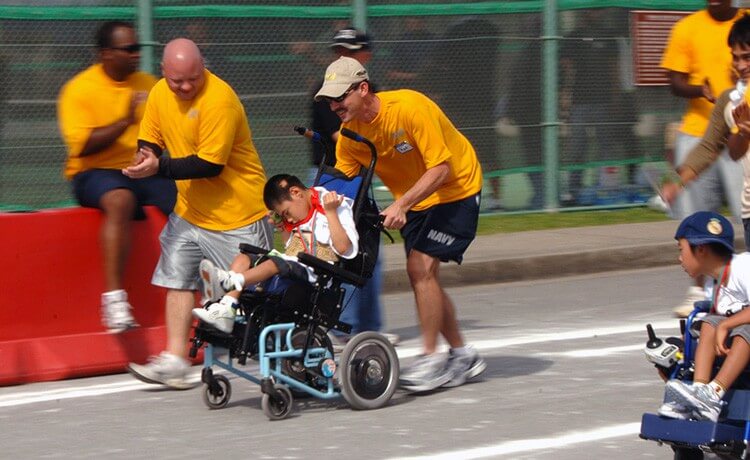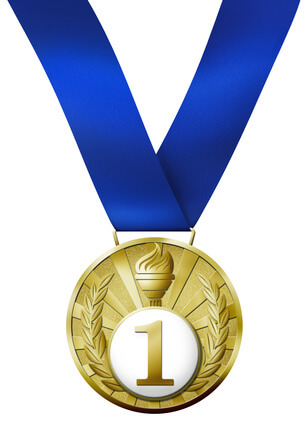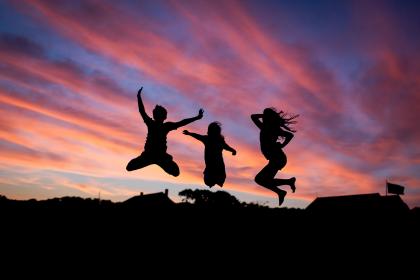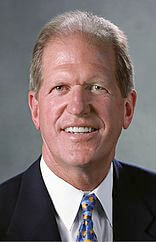People say “a picture” is worth 1,000 words and often helps to explain ideas. Well, the authors hope this is true because, in this article several illustrations will be presented depicting how to set up inclusive activities. Follow these simple suggestions and equipment ideas and you’ll create an environment that fosters inclusion.

In general, the transition of ideas from the written word to actual practice is difficult. Applying inclusion ideas to the gymnasium often seems almost impossible. After years of teaching inclusion classes at the university, we understand that students quickly forget what was learned in the classroom and fall back on old behaviors. In fact, most future physical educators are ingrained with “sports” activities that have rules, specific equipment, and one set of standards, which is the opposite of inclusion.
Because most games and skills taught and played are for the middle 68% of the population – it’s perhaps understandable to try to make the biggest group happy – little thought is given to the high-end and the low-end ability levels. The children with advanced abilities are bored to death with the rinky-dink un-challenging games, while the lower-end are frustrated and over-challenged because they are unable to do the skills. In both cases, children are not being challenged at their unique level.





